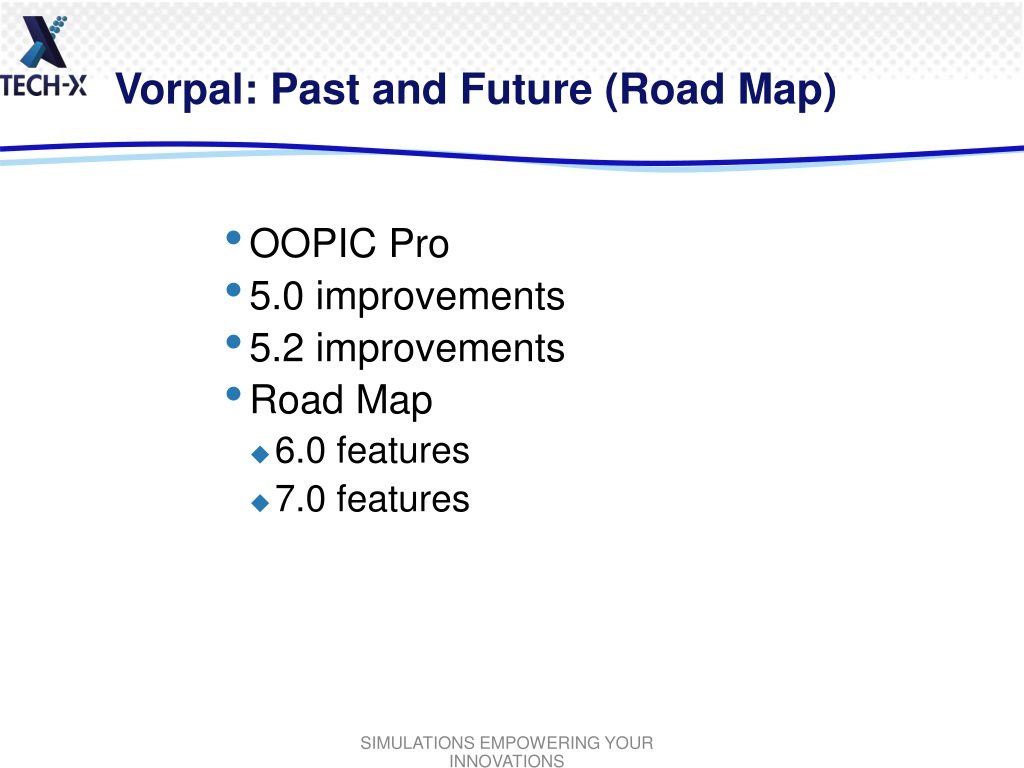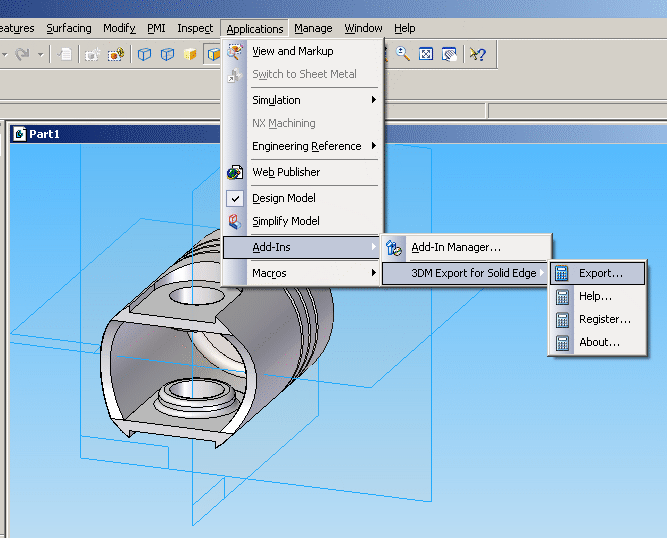

Tap on the camera icon in the center of the screen to reveal all the modes: This is the main screen of the Joopic app: Once connected to your camera, the CamBuddy needs to be paired with a smartphone using the CamBuddy’s WiFi network, so it can be controlled through the Joopic app (available for iOS and Android).īasic Use: Shoot and Push, and Remote Shooting The camera after taking the sunrise timelapse further down on this page.
Oopic pro full#
The two other ports on the CamBuddy are a Micro USB port for charging (Joopic claims 2-3 hours for a full charge, providing 4 hours of battery life), and a flash trigger port. Having two sets of cables dangling off the side of your camera can look a little clunky, but both are there for good reasons. To get full functionality, you need to connect both a USB data cable and a shutter release cable from the CamBuddy to your DSLR. The CamBuddy works with practically all recent Canon and Nikon DSLRs.
Oopic pro pro#
(Disclaimer: Shutters in the Night was provided a beta version of the CamBuddy Pro by Joopic to test out.) So read on to find out what we thought of the CamBuddy Pro DSLR Smart Controller:

But once we started putting it to use, it was easy to get up to speed and understand what a photographer can do with one of these in their gear bag. Joopic pitches it as this wonder device that can do practically anything – an image transfer-tethered live view-intervalometer-remote shutter release-sound, light, and laser sensor-multi camera synchronization device. Get SRF08 Ultrasonic Sensor (SKU:SEN0007) from DFRobot Store or DFRobot Distributor.The CamBuddy Pro was a little overwhelming at first. Some modules such as the OOPic already have pull-up resistors and you do not need to add any more. If you need them, I recommend 1.8k resistors. The SRF08 is always a slave - never a bus master. They are normally located with the bus master rather than the slaves. You only need one pair of resistors, not a pair for every module. The SCL and SDA lines should each have a pull-up resistor to +5v somewhere on the I2C bus. It is actually the CPU MCLR line and is used once only in our workshop to program the PIC16F872 on-board after assembly, and has an internal pull-up resistor. The "Do Not Connect" pin should be left unconnected. The results must be read individually from each sonar's real address. This should be useful in ANN Mode (See below). This means that writing a ranging command to I2C address 0 (0x00) will start all sonar's ranging at the same time. In addition to the above addresses, all sonar's on the I2C bus will respond to address 0 - the General Broadcast address. It can be changed by the user to any of 16 addresses E0, E2, E4, E6, E8, EA, EC, EE, F0, F2, F4, F6, F8, FA, FC or FE, therefore up to 16 sonar's can be used. The default shipped address of the SRF08 is 0圎0.

Oopic pro series#
To the programmer the SRF08 behaves in the same way as the ubiquitous 24xx series eeprom's, except that the I2C address is different.

This is available on popular controllers such as the OOPic and Stamp BS2p, as well as a wide variety of micro-controllers. Communication with the SRF08 ultrasonic rangefinder is via the I2C bus.


 0 kommentar(er)
0 kommentar(er)
